Introduction:
Mushrooms are a versatile and nutritious ingredient used in a variety of culinary dishes. However, their delicate nature means they can spoil quickly if not stored properly. Understanding how long mushrooms last in the refrigerator, and the factors that affect their shelf life, can help you make the most of this ingredient while minimizing waste. This comprehensive guide explores the types of mushrooms, storage methods, signs of spoilage, and tips for extending their freshness.
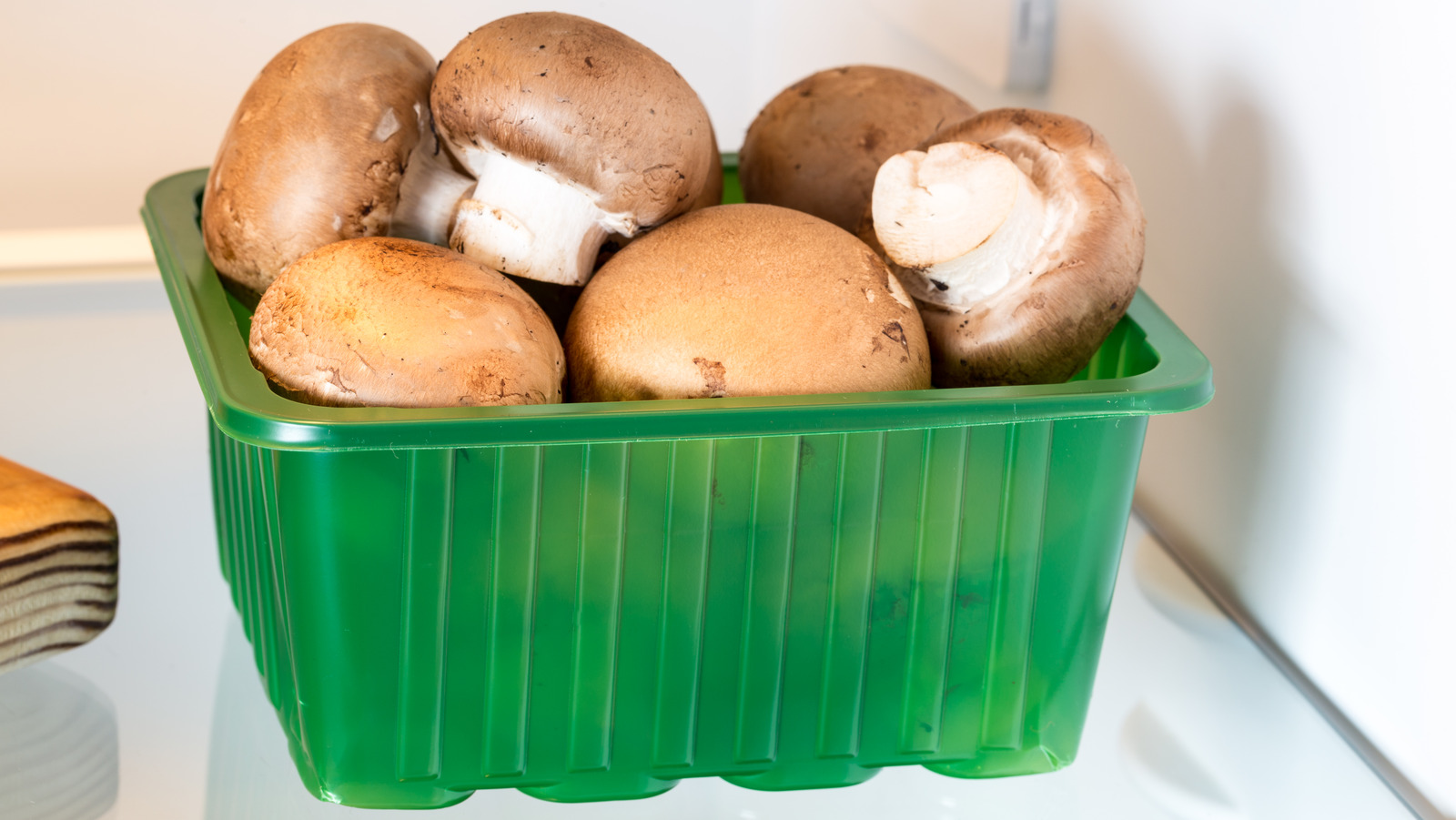
How Long Do Mushrooms Last in the Refrigerator:
What Factors Affect Their Shelf Life?
Types of Mushrooms:
How Does Variety Impact Shelf Life?
Different types of mushrooms can have varying shelf lives, depending on their moisture content and structure.
Button Mushrooms:
Common and Versatile:
Button mushrooms, also known as white mushrooms or champignons, are widely available and commonly used. When stored properly, they generally last about 5 to 7 days in the refrigerator. They have a relatively low moisture content compared to some other varieties, which helps extend their shelf life.
Portobello Mushrooms:
Meaty and Flavorful:
Portobello mushrooms are mature cremini mushrooms with a larger size and richer flavor. Due to their larger surface area and higher moisture content, they tend to spoil slightly faster than button mushrooms, typically lasting 4 to 6 days in the refrigerator.
Cremini Mushrooms:
Rich and Nutty:
Cremini mushrooms, also known as baby bellas, are similar to button mushrooms but have a firmer texture and richer flavor. Their shelf life in the refrigerator is comparable to that of button mushrooms, usually lasting around 5 to 7 days.
Shiitake Mushrooms:
Distinctive and Delicate:
Shiitake mushrooms are known for their distinctive flavor and texture. They have a higher moisture content compared to button or cremini mushrooms, resulting in a shorter shelf life of about 4 to 7 days when stored in the refrigerator.
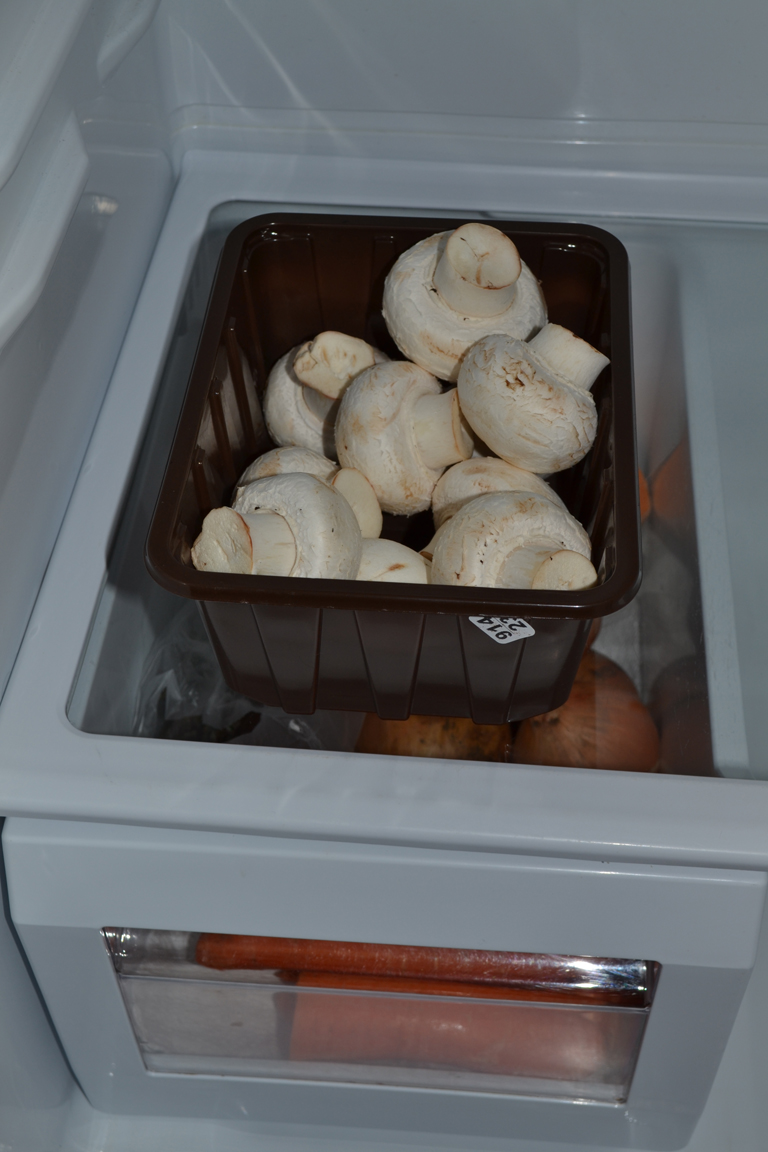 Oyster Mushrooms:
Oyster Mushrooms:
Delicate and Quick to Spoil:
Oyster mushrooms have a delicate texture and higher moisture content, making them more perishable. They typically last about 3 to 5 days in the refrigerator.
Storage Methods:
How Should Mushrooms Be Stored to Extend Freshness?
Proper storage is crucial for maximizing the shelf life of mushrooms in the refrigerator.
Original Packaging:
Breathable Containers:
Store mushrooms in their original packaging or in a paper bag. These containers allow for adequate air circulation, which helps prevent the buildup of moisture that can lead to spoilage. Avoid storing mushrooms in sealed plastic bags or airtight containers, as these can trap moisture and accelerate decay.
Refrigerator Location:
Humidity-Controlled Drawer:
Place mushrooms in the humidity-controlled drawer or the crisper section of your refrigerator. This area is designed to maintain the right balance of humidity, keeping produce fresher for longer.
Temperature Settings:
Consistent Cold:
Maintain a consistent refrigerator temperature of around 34 to 40 degrees Fahrenheit (1 to 4 degrees Celsius). Fluctuations in temperature can cause moisture condensation, leading to faster spoilage.
Cleaning and Preparation:
Avoid Pre-Washing:
Do not wash mushrooms before storing them, as excess moisture can accelerate spoilage. Instead, gently brush off any dirt or debris with a soft brush or cloth. Wash mushrooms just before using them in your recipe.
Store Whole Whenever Possible:
If you must slice or chop mushrooms before storage, do so just before cooking to maintain their shelf life. Whole mushrooms retain their freshness longer than cut mushrooms.
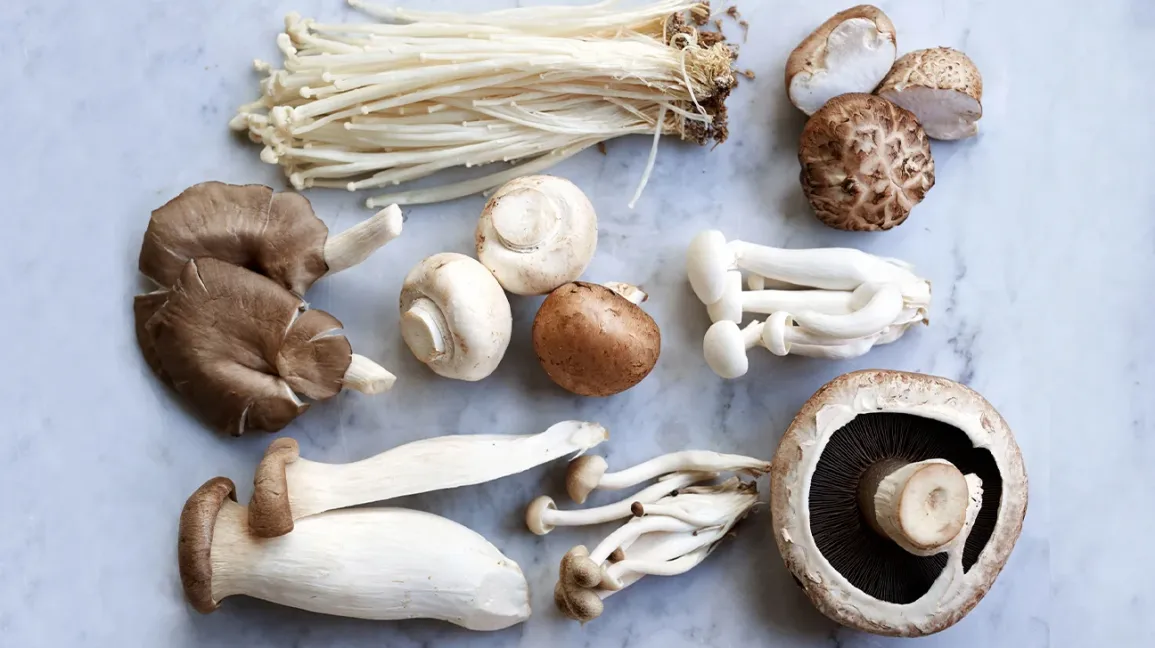 Signs of Spoilage:
Signs of Spoilage:
How Can You Tell If Mushrooms Have Gone Bad?
Identifying the signs of spoilage ensures you do not consume mushrooms that have gone bad.
Visual Cues:
Discoloration:
Fresh mushrooms have a uniform color, whether white, brown, or otherwise. Discoloration, such as dark spots, yellowing, or patches of mold, indicates spoilage.
Wrinkling and Shriveling:
Mushrooms that appear wrinkled, shriveled, or have a dry surface are past their prime and should be discarded.
Sliminess:
Tactile Indicators:
Fresh mushrooms should have a firm, smooth texture. Mushrooms that feel slimy or sticky to the touch signal that they have started to decay. This sliminess results from bacterial growth and is a clear indication that the mushrooms should not be consumed.
Smell:
Detecting Off Odors:
Fresh mushrooms have an earthy, mild scent. If your mushrooms emit a sour, ammonia-like, or otherwise unpleasant odor, they have likely spoiled and should be thrown away.
Best Practices:
What Are Some Tips for Extending the Shelf Life of Mushrooms?
Implementing best practices for mushroom storage can help extend their freshness and prevent waste.
Proper Ventilation:
Encourage Airflow:
Ensure that mushrooms are stored in a manner that allows for adequate airflow to prevent moisture buildup. Avoid stacking heavy items on top of mushrooms, which can bruise them and accelerate spoilage.
Regularly Check Freshness:
Frequent Inspections:
Make it a habit to regularly check the condition of your stored mushrooms. Remove any that show signs of spoilage to prevent them from affecting the others.
Use Quickly:
Timely Consumption:
Plan your meals to use mushrooms soon after purchasing them. The fresher they are when consumed, the better their flavor and nutritional value. Try to incorporate mushrooms into meals within a few days of purchasing.
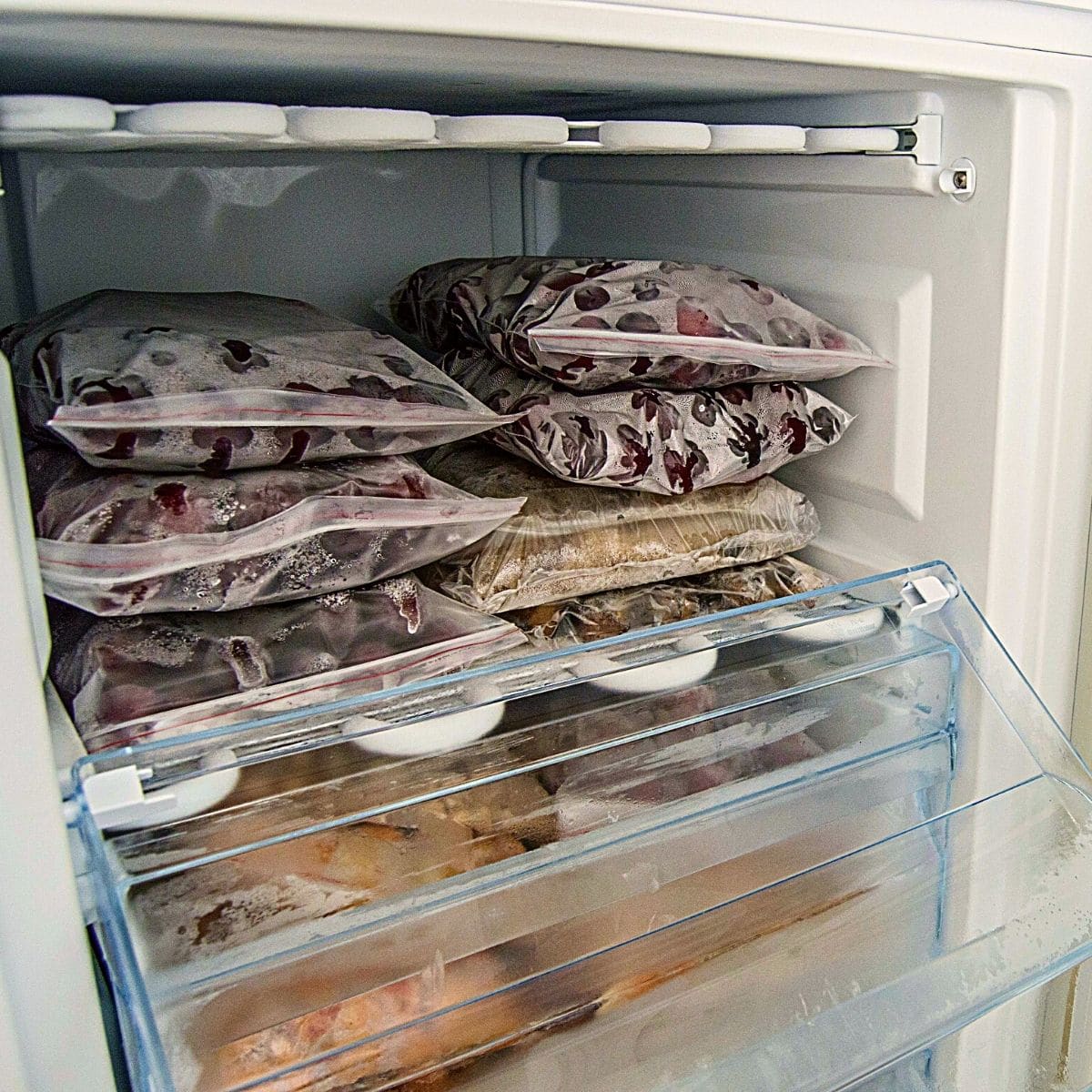 Freezing Mushrooms:
Freezing Mushrooms:
How Can You Extend Their Shelf Life with Freezing?
When you have more mushrooms than you can use within their refrigerator shelf life, freezing is a viable option.
Preparation Before Freezing:
Clean Properly:
Start by cleaning the mushrooms to remove any dirt. Unlike when storing in the refrigerator, it’s okay to wash mushrooms before freezing them, as they will need to be pre-cooked.
Blanch or Sauté:
To retain the best texture and flavor, mushrooms should be blanched or sautéed before freezing. Blanching involves boiling them briefly and then plunging them into ice water. Sautéing can be done with a bit of oil or butter until they are lightly cooked.
Freezing Process:
Flash Freeze:
Spread the cleaned and partially cooked mushrooms in a single layer on a baking sheet. Place the sheet in the freezer for a few hours until the mushrooms are frozen solid. This flash-freezing process prevents the mushrooms from clumping together.
Storage in Freezer Bags:
Transfer the frozen mushrooms to heavy-duty freezer bags or airtight containers. Remove as much air as possible from the bags before sealing. Label the bags with the date to keep track of their storage time.
Shelf Life in Freezer:
Extended Freshness:
When properly prepared and frozen, mushrooms can last up to 12 months in the freezer. While the texture may change slightly upon thawing, they remain suitable for use in cooked dishes such as soups, stews, and sautés.
Incorporating Mushrooms into Meals:
What Are Some Cooking Tips?
Using mushrooms promptly ensures you enjoy their flavor and nutritional benefits at their peak.
Recipe Suggestions:
Versatile Ingredient:
Mushrooms are incredibly versatile and can be used in a variety of dishes. From stir-fries and pasta to pizzas and salads, they add a rich umami flavor and hearty texture.
Cooking Techniques:
Sautéing:
Sautéing is one of the best ways to cook mushrooms, enhancing their natural flavors. Use a bit of oil or butter and cook over medium-high heat until they release their moisture and become golden brown.
Roasting:
Roasting mushrooms brings out a depth of flavor. Toss them with olive oil, herbs, and a pinch of salt, then roast in the oven at 400 degrees Fahrenheit (200 degrees Celsius) for 20-30 minutes.
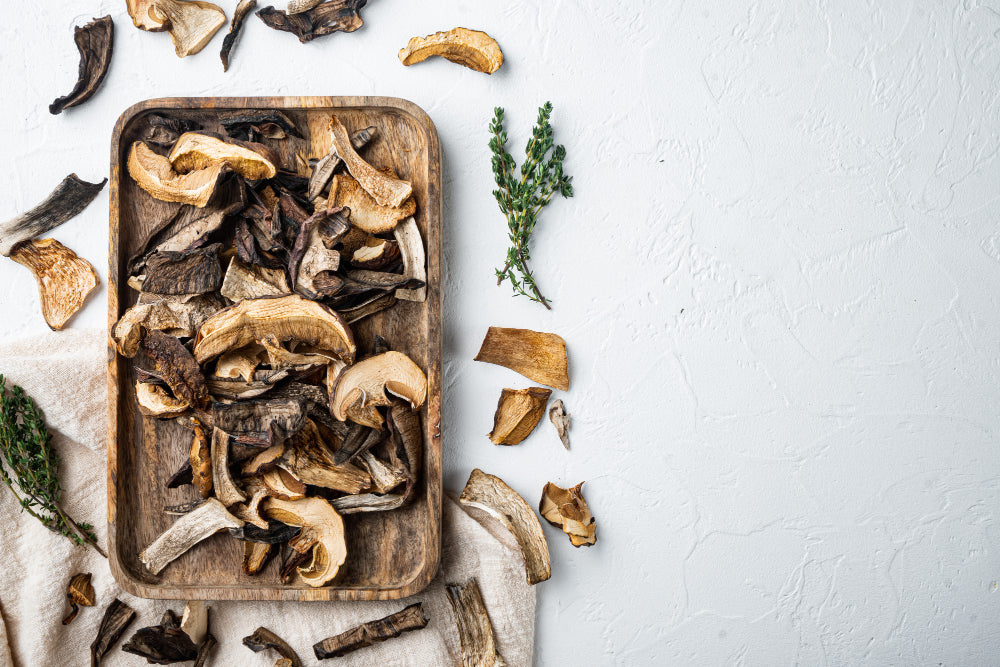 Storage After Cooking:
Storage After Cooking:
How Long Do Cooked Mushrooms Last?
Cooked mushrooms have a different shelf life compared to fresh ones and must be stored properly to ensure safety and quality.
Refrigeration:
Short-Term Storage:
Place cooked mushrooms in an airtight container and store them in the refrigerator. They will generally last for about 3 to 5 days. Ensure they cool down to room temperature before refrigerating to maintain food safety.
Freezing Cooked Mushrooms:
Extended Storage:
If you have a large batch of cooked mushrooms, they can also be frozen for later use. Place the cooled, cooked mushrooms in airtight containers or freezer bags, label them, and freeze. They can last up to 2 months in the freezer.
Conclusion
Mushrooms are a valued ingredient with a relatively short shelf life, but proper storage techniques can help extend their freshness. Storing them in their original packaging or a paper bag in the crisper drawer, keeping them dry, and maintaining a consistent refrigerator temperature are key practices. Recognizing signs of spoilage and using mushrooms promptly in your culinary creations ensures you get the most out of their flavor and nutritional benefits. For longer storage, freezing either raw (after blanching or sautéing) or cooked mushrooms provides a practical solution. By following these guidelines, you can enjoy fresh, delicious mushrooms in your meals while minimizing waste and enhancing their longevity.
